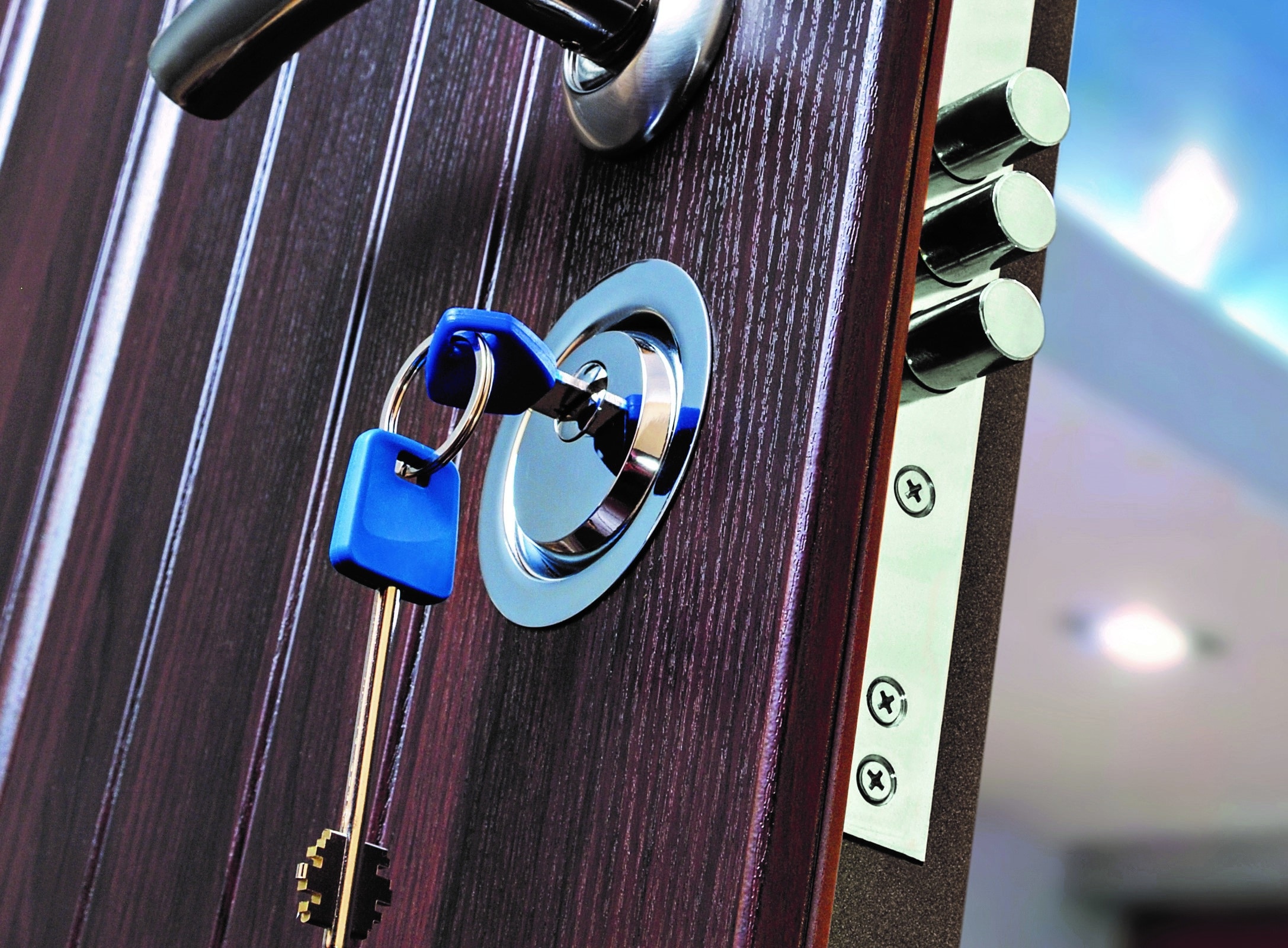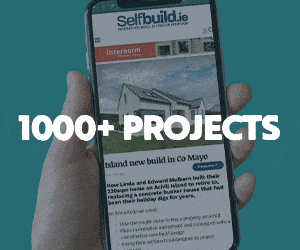The change of ownership process on property is called conveyancing; this applies to both land and house. Once you have completed the build, you will need to ensure you have a number of documents in hand in case you do go to sell. There may be tax liabilities in ROI, and stamp duty due in both NI and ROI.
By law in both NI and ROI you need a building energy rating before moving in, even if you built your house yourself to live in. You will need some form of certificate of compliance with the building regulations (from building control in NI or your certifier in ROI) AND a certificate that you complied with the planning conditions (from your certifier). Remember that a build must usually start within five years of planning having been granted.
If you are in the position of having an existing house to sell before you build, you could sell it and clear the mortgage and start from scratch with a self-build application. You would then need to rent or look at living on site. If you are in a good financial position and you can get a mortgage and at the same time retain your existing home, there may be an option to pay off a lump sum when the old house is sold without penalty. Bridging loans (allowing you to live in current home until new one is built) seem to be hard to get but the market changes constantly so check with a mortgage broker or with the banks directly what you might be eligible for.






